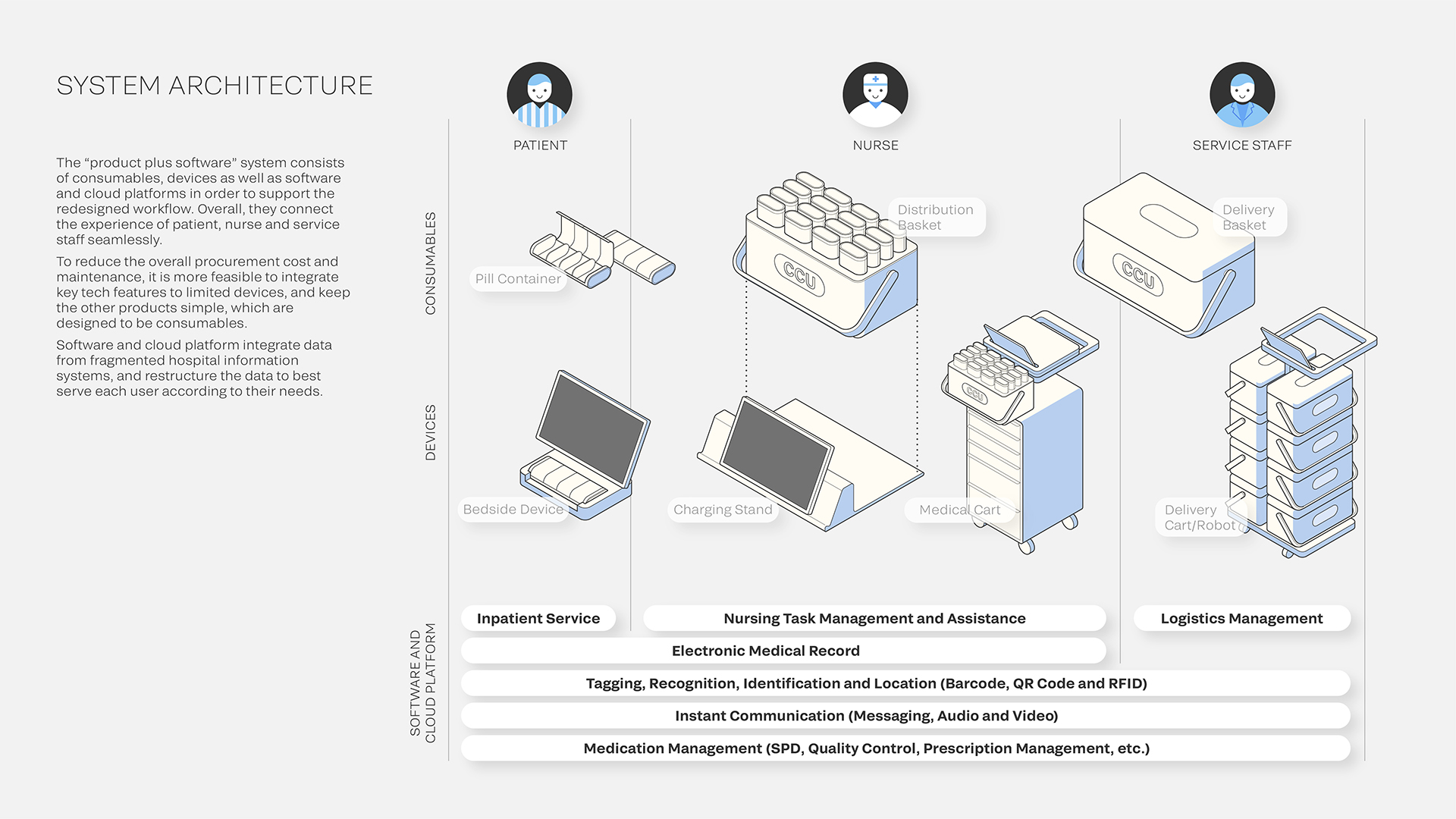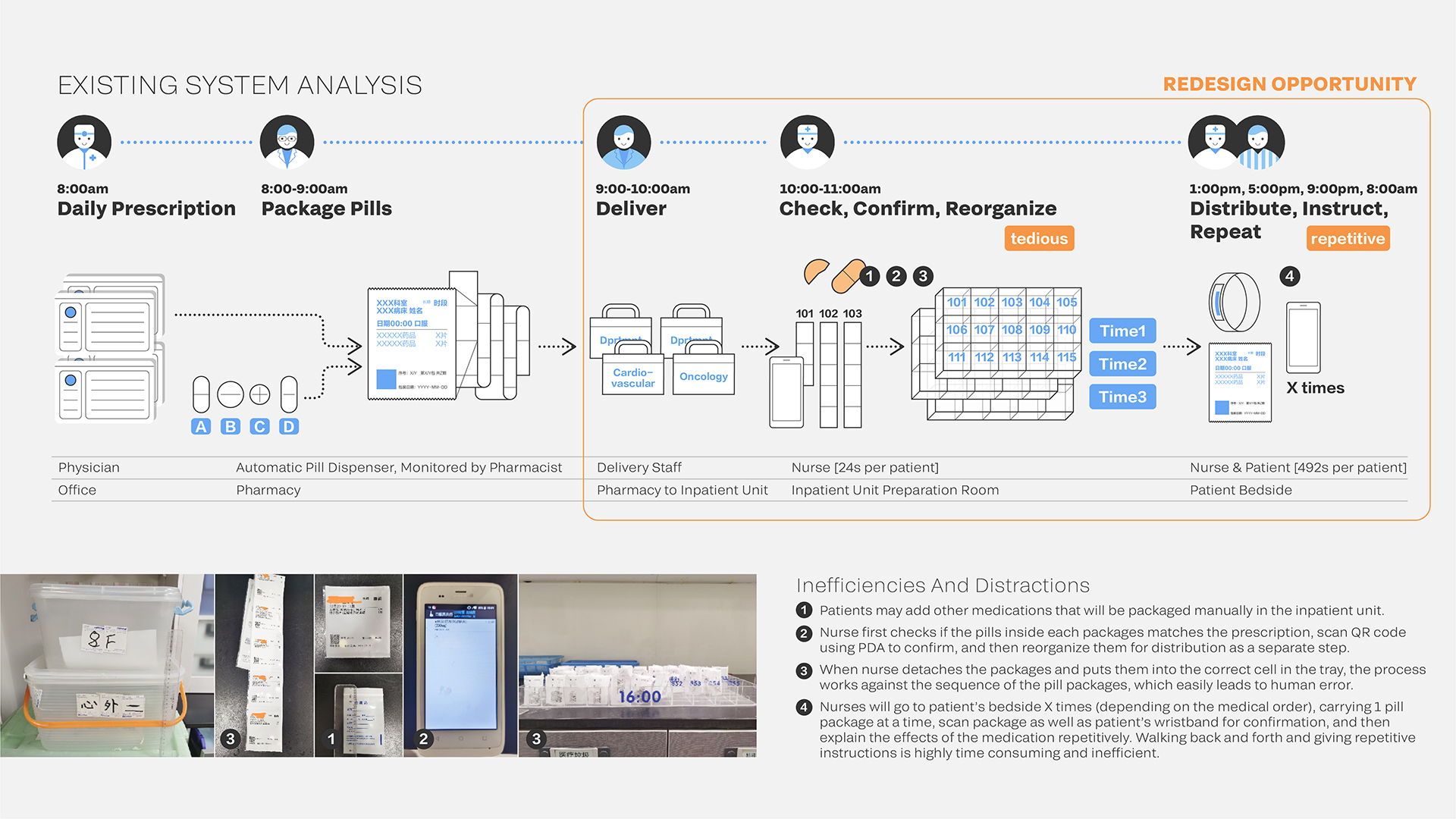In the realm of digital technology, the significance of interface design cannot be overstated. It is the bridge between the user and the device, the gateway to an array of experiences, and the first point of contact for any digital product or service. Interface design encompasses several aspects, from visual aesthetics to user behavior, and it plays a pivotal role in determining user satisfaction and usability.
User Interface Design: A Comprehensive Approach
User interface design is not merely about making something look pretty; it’s about creating an experience that is intuitive, efficient, and engaging for the user. It involves an intricate blend of visual design elements, user psychology, and behavioral patterns to craft a seamless digital experience.
Visual Design Elements
The visual aspect of interface design is paramount. It encompasses color schemes, typography, icons, buttons, and other graphical elements that contribute to the overall aesthetic and feel of the product. The color palette should be chosen carefully to evoke the right emotions and create a harmonious user experience. Typography should be legible, appealing, and aligned with the product’s identity. Icons and buttons should be clear, concise, and easily recognizable to ensure seamless navigation.
User-Centered Design
Interface design should always be centered on the user. Understanding the target audience and their needs is crucial in creating an interface that caters to them. Designers need to consider factors like age, culture, experience level, and behavioral patterns to craft an interface that is accessible and intuitive for everyone. User testing is also essential to identify any issues or bottlenecks in the design and make necessary improvements.
Responsive Design
In today’s multi-device world, it’s crucial that interfaces are designed to be responsive across various platforms. An interface should adapt to different screen sizes and resolutions seamlessly, ensuring a consistent user experience across different devices. Responsive design also ensures that the interface works efficiently, regardless of the user’s input speed or device performance.
Usability and Intuitiveness
Usability is another crucial aspect of interface design. An interface should be easy to use, with clear navigation paths and minimal complexity. It should provide clear feedback and error messages to guide users through tasks efficiently. Intuitiveness is achieved when the interface design anticipates user needs and behavior patterns, making tasks effortless and reducing the learning curve.
Animation and Microinteractions
Animation and microinteractions are often overlooked but play a vital role in enhancing user experience. Subtle animations and microinteractions can provide clarity on how an interface works, guide users through tasks, and enhance engagement. However, they should be used judiciously to avoid overwhelming the user or impeding performance.
The Role of Interface Design in Digital Products and Services
Interface design plays a pivotal role in determining the success of digital products and services. It sets the tone for the user’s first impression and often determines whether they will continue using a product or service. A well-designed interface can enhance user engagement, improve usability, and drive conversions. Conversely, a poorly designed interface can lead to frustration, reduced engagement, and even loss of customers.
In conclusion, interface design is more than just about making something look pretty; it’s about creating an exceptional user experience that is intuitive, efficient, and engaging. It involves a comprehensive understanding of visual design elements, user psychology, behavioral patterns, responsive design principles, usability, intuitiveness, animation, and microinteractions. By considering these aspects holistically, designers can create interfaces that not only look great but also offer an unparalleled user experience.












 京公网安备11000000000001号
京公网安备11000000000001号 京ICP备11000001号
京ICP备11000001号
还没有评论,来说两句吧...